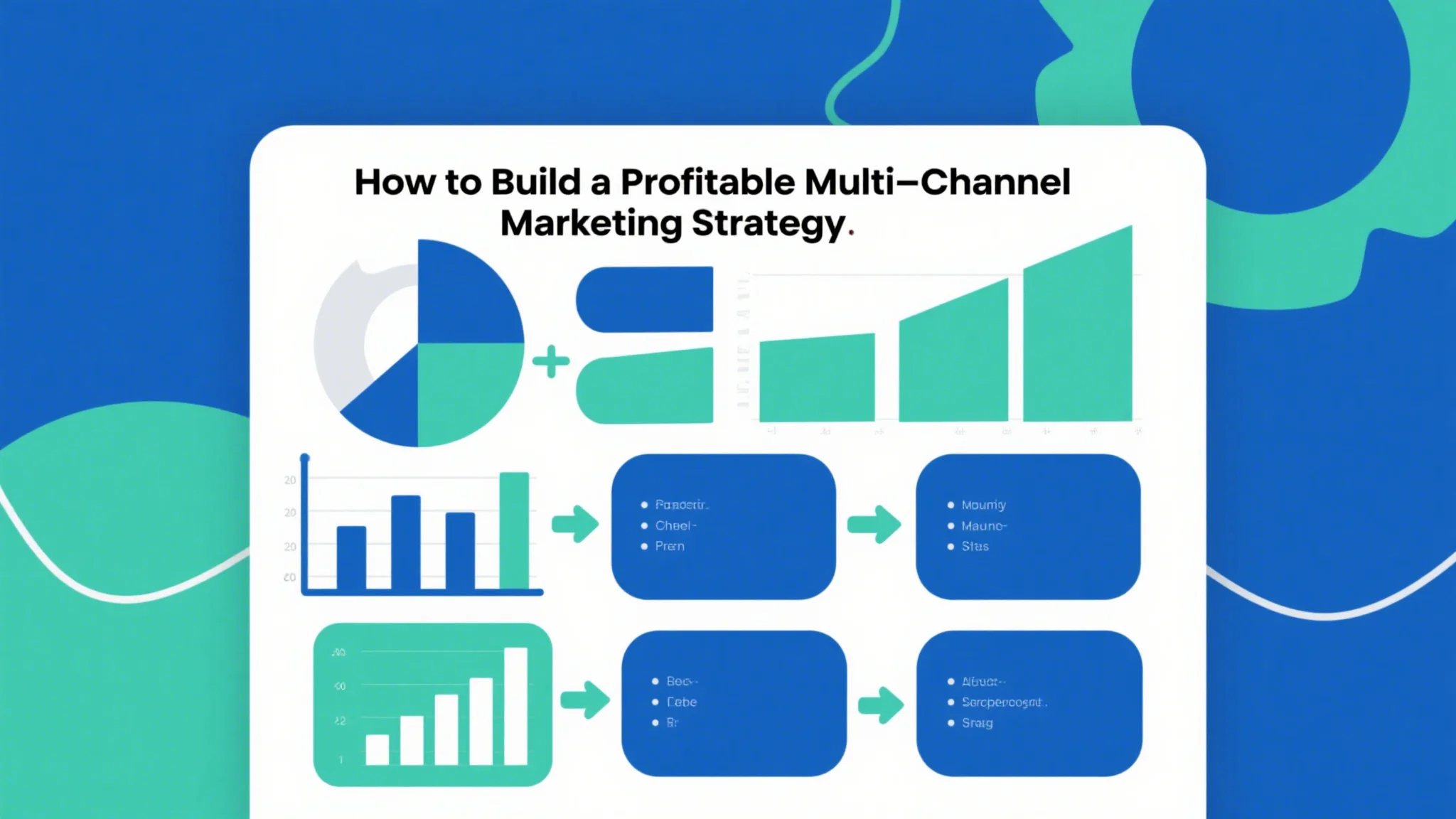The Power of Trust and Targeting in Influencer Marketing
In the ever-evolving landscape of digital marketing, businesses are constantly seeking effective channels to drive conversions. Enter influencer marketing—a strategy that has gained significant traction in recent years. But does it truly work as a conversion channel? Let’s delve into the intricacies of influencer marketing and its potential to transform viewer engagement into tangible sales.

Building Trust Through Authenticity
Influencer marketing thrives on trust, a commodity that is increasingly scarce in a world flooded with advertisements. Influencers, who are essentially trusted figures in their respective niches, connect with their audiences on a personal level. Their followers view them not just as promoters but as friends or mentors, which fosters a sense of authenticity. This trust is a powerful tool in driving conversions because when an influencer endorses a product or service, their audience is more likely to trust the recommendation and take action.
For instance, a beauty influencer with a loyal following might promote a new skincare product. Their audience, having built trust over time, is more inclined to try the product, leading to higher conversion rates compared to traditional ads.
Targeted Reach for Precision Marketing
Another advantage of influencer marketing is its ability to target specific demographics effectively. Influencers have a well-defined audience, often segmented by age, gender, location, and interests. This allows brands to reach a highly targeted audience, increasing the likelihood of conversions. Unlike traditional advertising, where the message may not resonate with the entire audience, influencer marketing delivers a tailored message to a niche group, enhancing relevance and engagement.
Consider a fitness brand collaborating with a health and wellness influencer. The influencer’s audience is likely composed of fitness enthusiasts, making them a prime target for the brand’s products. This targeted approach ensures that the message reaches individuals who are more likely to be interested, thereby boosting conversion rates.
Enhancing Engagement with Compelling Content
Influencers are experts at creating content that resonates with their audience. Whether through video tutorials, blog posts, or social media stories, they craft narratives that are not only informative but also engaging. This content often includes product reviews, unboxings, or testimonials, which provide a genuine glimpse into how the product performs in real-life scenarios.
For example, a tech influencer might unbox and review a new smartphone, sharing their honest opinion with their followers. This type of content is more likely to capture the audience’s attention and influence their purchasing decision, leading to a higher conversion rate.
Measuring the Effectiveness of Influencer Marketing
Now that we’ve established the potential of influencer marketing, the next question is: does it work? To answer this, we need to look at the measurable outcomes and compare them to other marketing channels.
Comparing Influencer Marketing to Other Channels
Studies have shown that influencer marketing can outperform traditional forms of advertising in terms of engagement and conversions. For instance, a report by Influencer Marketing Hub revealed that 39% of consumers are more likely to make a purchase based on a social media influencer’s recommendation compared to traditional ads. This highlights the effectiveness of influencer marketing in driving conversions.
Moreover, influencer campaigns often yield higher engagement rates. Influencers’ content typically garners more likes, comments, and shares, which not only increases brand visibility but also fosters a deeper connection with the audience. This higher engagement translates into a more responsive audience, ready to convert.
Tracking Metrics for Success
To determine the effectiveness of an influencer marketing campaign, brands should track specific metrics such as click-through rates (CTR), conversion rates, and return on ad spend (ROAS). These metrics provide a clear picture of how the campaign is performing and whether it is driving the desired results.
For example, if a campaign results in a 5% CTR and a 2% conversion rate, it indicates that 2 out of every 100 impressions are converting into sales. By continuously monitoring these metrics, brands can optimize their strategies and maximize their ROI.
Optimizing for Maximum Impact
To get the most out of influencer marketing, it’s essential to collaborate with the right influencers and execute well-planned campaigns. Brands should choose influencers whose values and audience demographics align with their own. Additionally, clear communication of expectations and a well-defined call-to-action (CTA) can enhance the effectiveness of the campaign.
For instance, an influencer might include a direct link to a product page in their bio or encourage their followers to use a specific discount code. These tactics make it easier for the audience to take action, thereby increasing the chances of conversion.
: Influencer Marketing as a Conversion Channel
In conclusion, influencer marketing is a potent conversion channel that leverages trust, targeting, and engaging content to drive results. By collaborating with the right influencers and measuring the outcomes, brands can harness the full potential of this strategy and achieve their conversion goals. As digital marketing continues to evolve, influencer marketing is poised to play an increasingly significant role in driving conversions and building lasting brand loyalty.